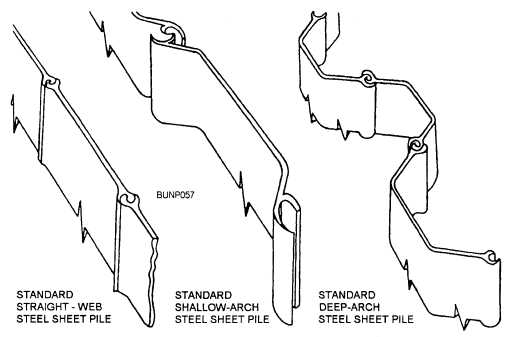
Figure 8-10. - Types of interlocking sheet piles.
underground installations in the area including sewer, water, fuel, and electrical lines. A Builder must also take precautions NOT to disturb or damage any utility while digging and to provide adequate protection after any such exposed. Make sure you have a digging permit on the jobsite and that you follow its guidelines.
Many safety codes also require that the excavation be inspected by a qualified person (ROICC or safety officer) after a rainstorm or any other hazardous natural occurrence. Avert earth bank cave-ins or landslides by increasing the amount of shoring and other means of protection.
Provide convenient and safe access to excavated areas for your crew. Such access may consist of stairways, ladders, or securely fastened ramps.
During excavation some soil types pose greater problems than others. Sandy soil is always considered dangerous even when it is allowed to stand for a period of time after a vertical cut. The instability can be caused by moisture changes in the surrounding air or changes in the water table. Vibration from blasting, traffic movement, and material loads near the cut can also cause earth to collapse in sandy soil.
Clay soils present less risk than sand; however, soft clay can also be dangerous. You can do a simple test of clay conditions by pushing a 2 by 4 into the soil. If the 2 by 4 is easily pushed in the ground, it indicates that the clay is soft and may collapse. Silty soils (a combination of sand and clay) are also unreliable and require the same precautions as sand.
SLOPING
When there is sufficient space around the construction site, slope the earth banks as necessary to prevent collapse. The Occupational Safety and Health Administration (OSHA) code regulations for the construction industry recommends a 45-degree slope for excavations with average soil conditions. Solid rock, shale, or cemented sand and gravel may require less slope. Compacted sharp sand or well-rounded loose sand may require more than a 45-degree slope.
SHORING VERTICAL WALLS
Shoring (supporting) the vertical walls of an ex- cavation is required when sloping is considered unsafe or inadequate. Soil types, such as clays, silts, loams, or non-homogenous soils, usually require shoring. Shoring may also be required where there is insufficient room for sloped banks. This is particularly true in industrial and commercial areas where new construc- tion is right next to existing buildings. In addition to preventing injury from collapse of excavation banks, stability of the foundation walls of adjoining buildings must be protected. Shoring for high vertical walls is supervised by a civil engineer, and the installation is supervised by qualified personnel. Do not remove the shoring system until the construction in the excavated area is completed and all the necessary steps are taken to safeguard workers. Two methods commonly used to shore high vertical excavation banks are the use of interlocking sheetpiling, as shown in figure 8-10
Continue Reading